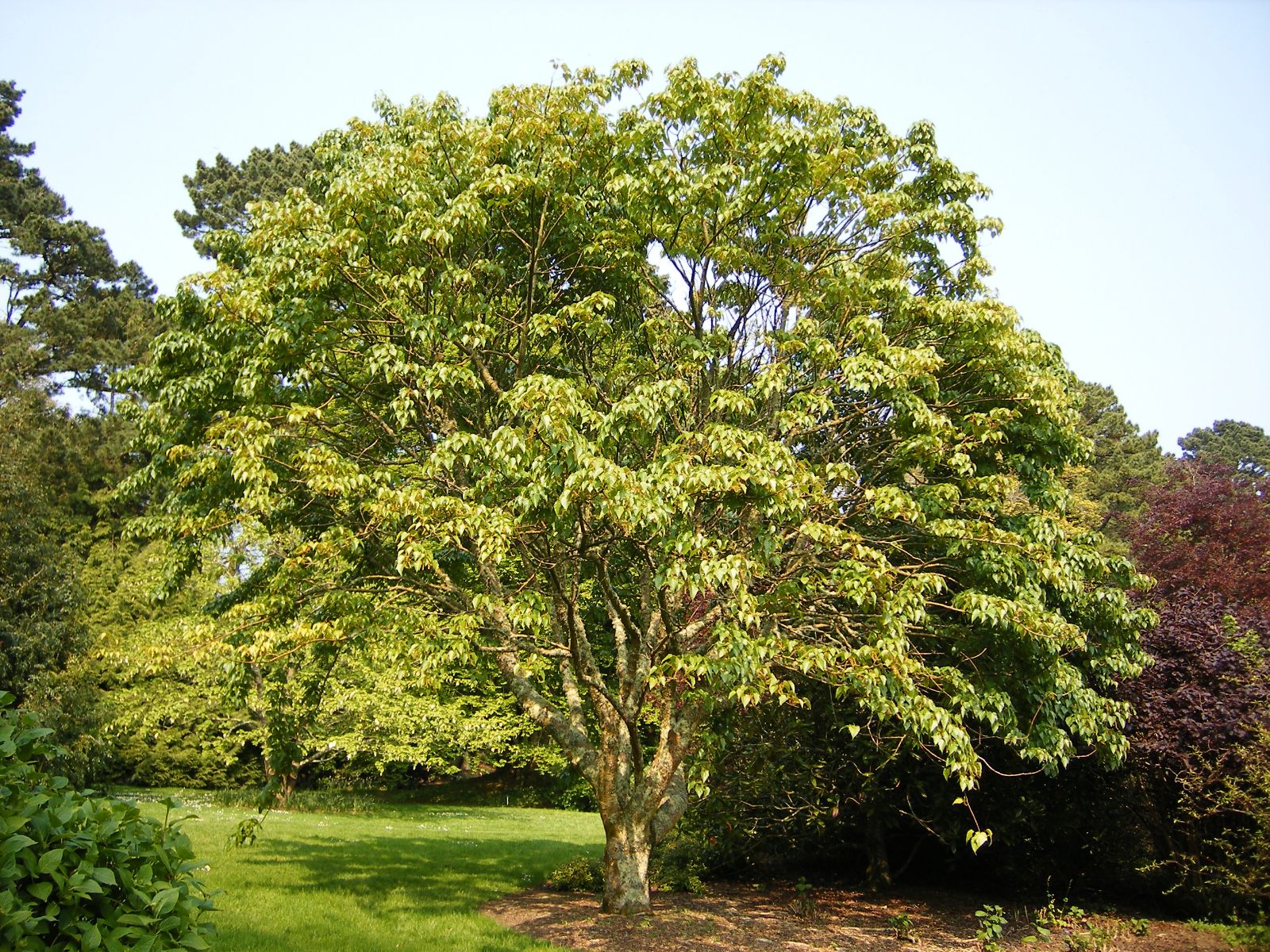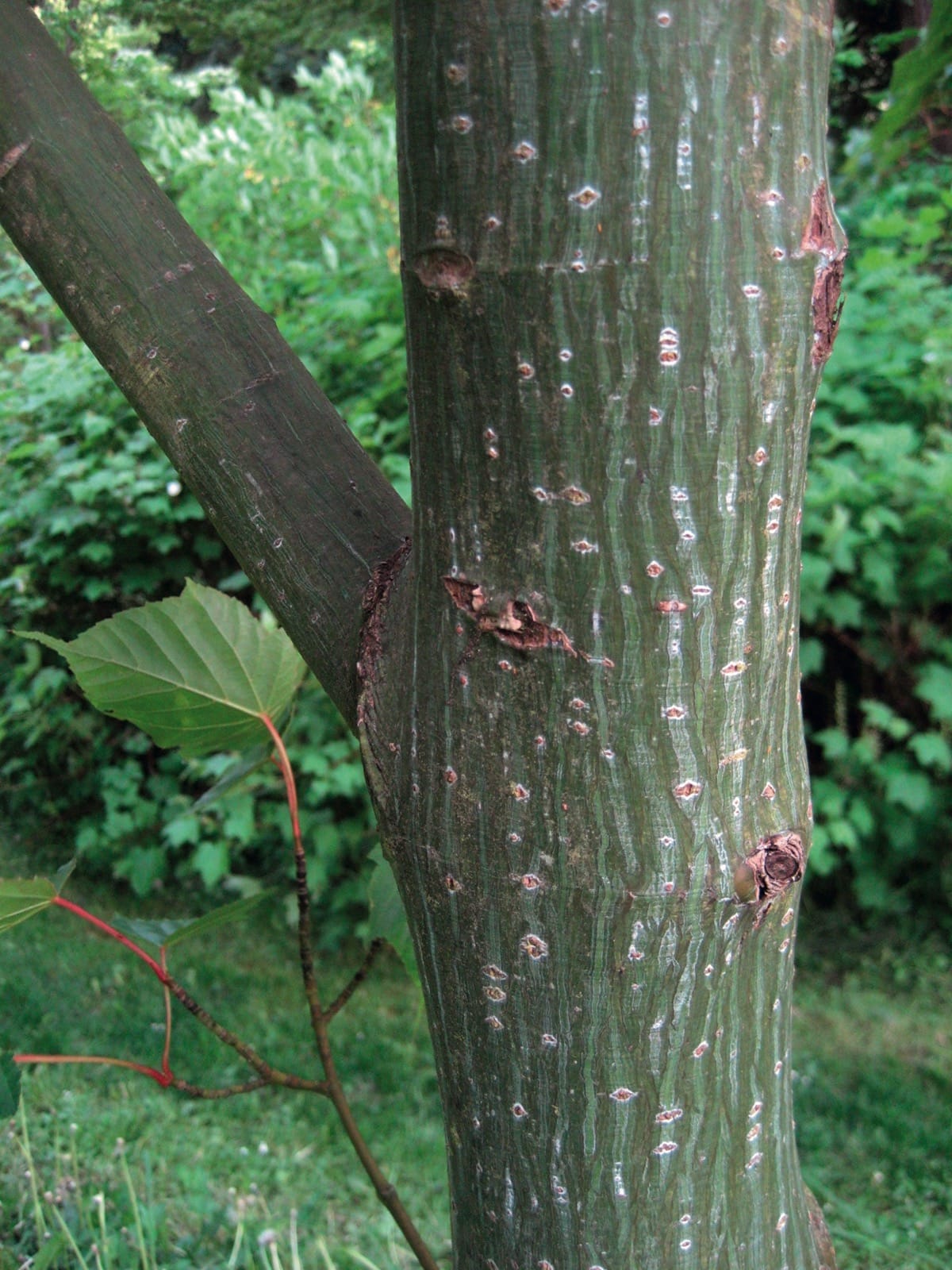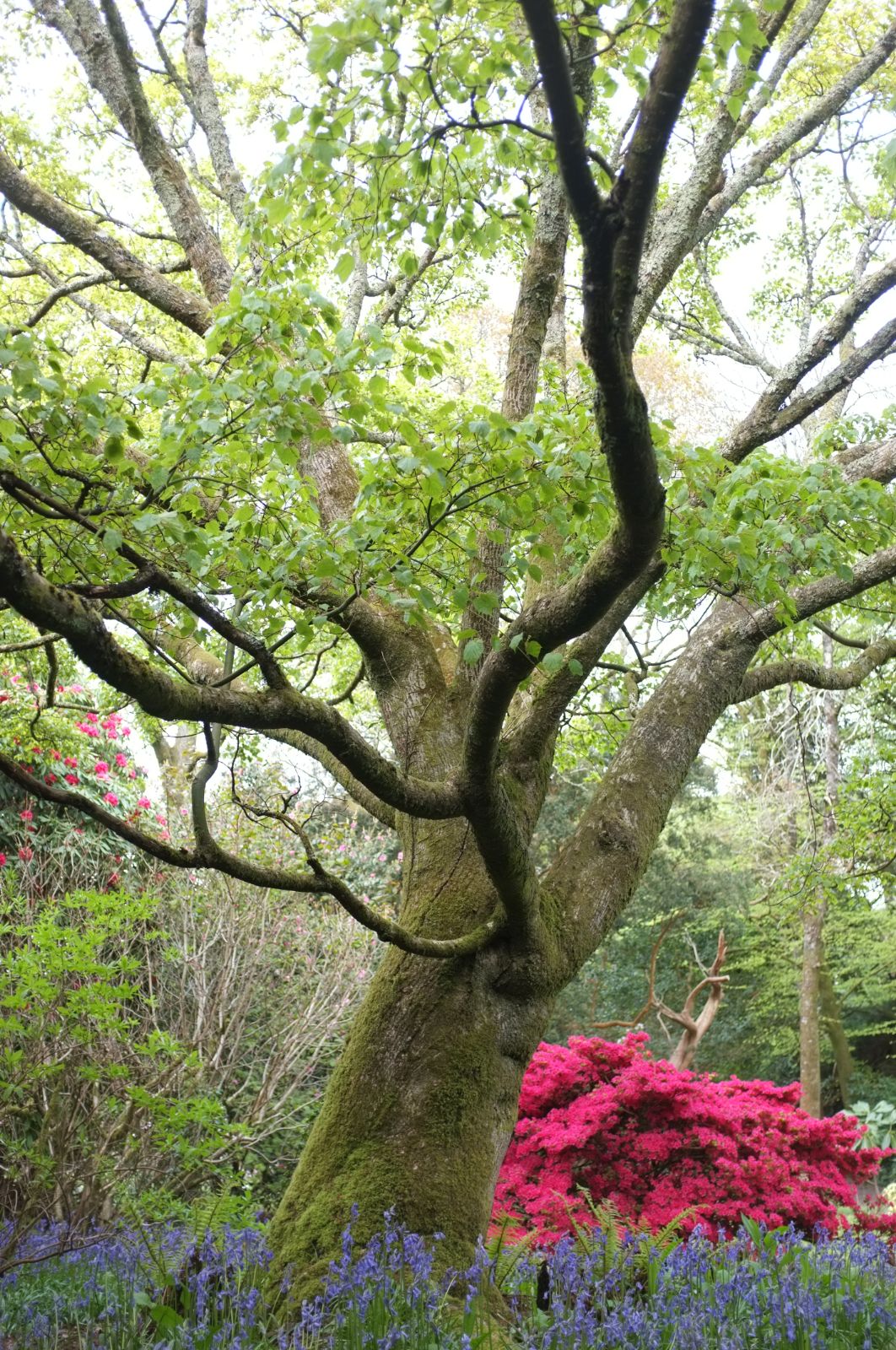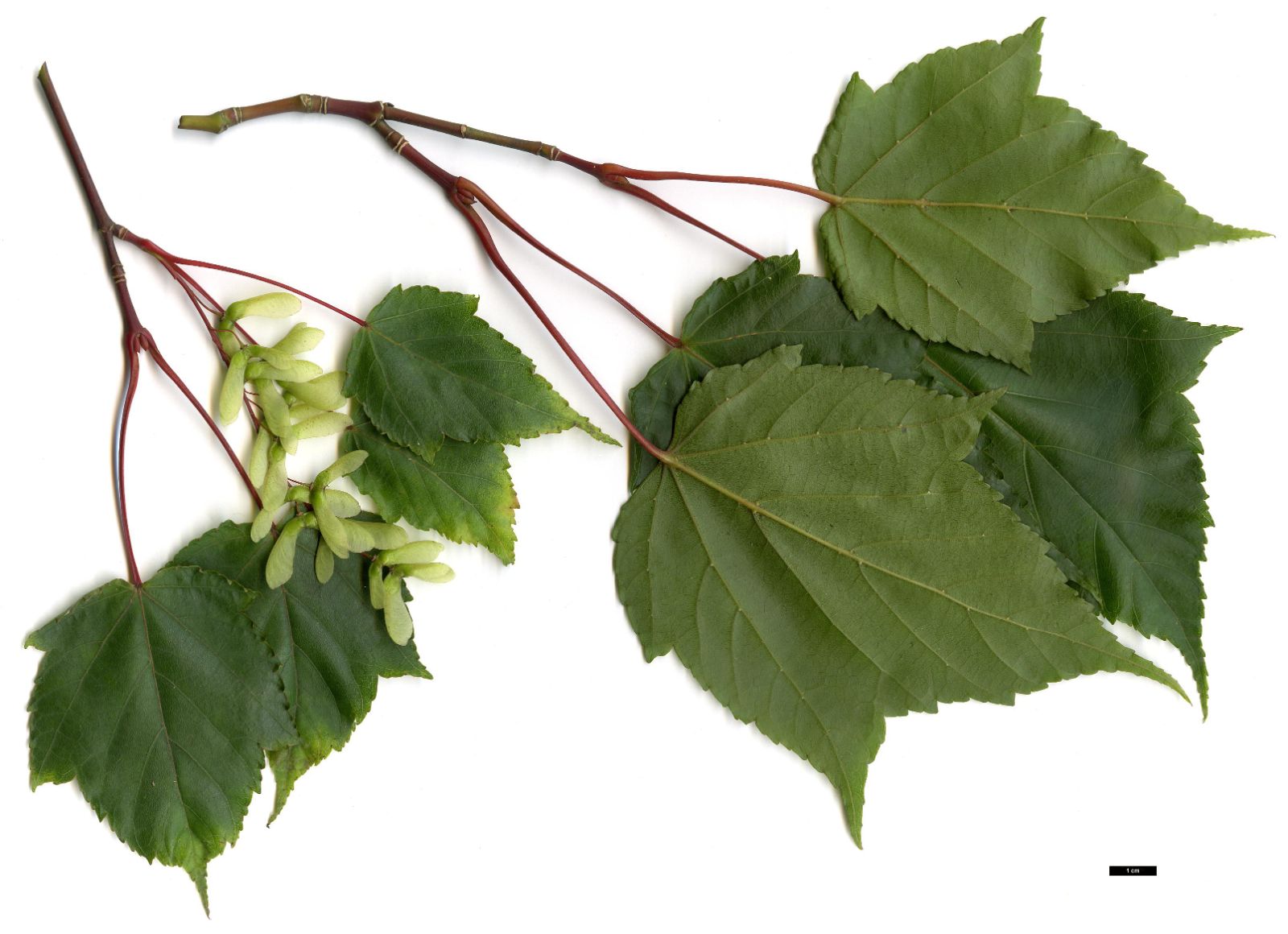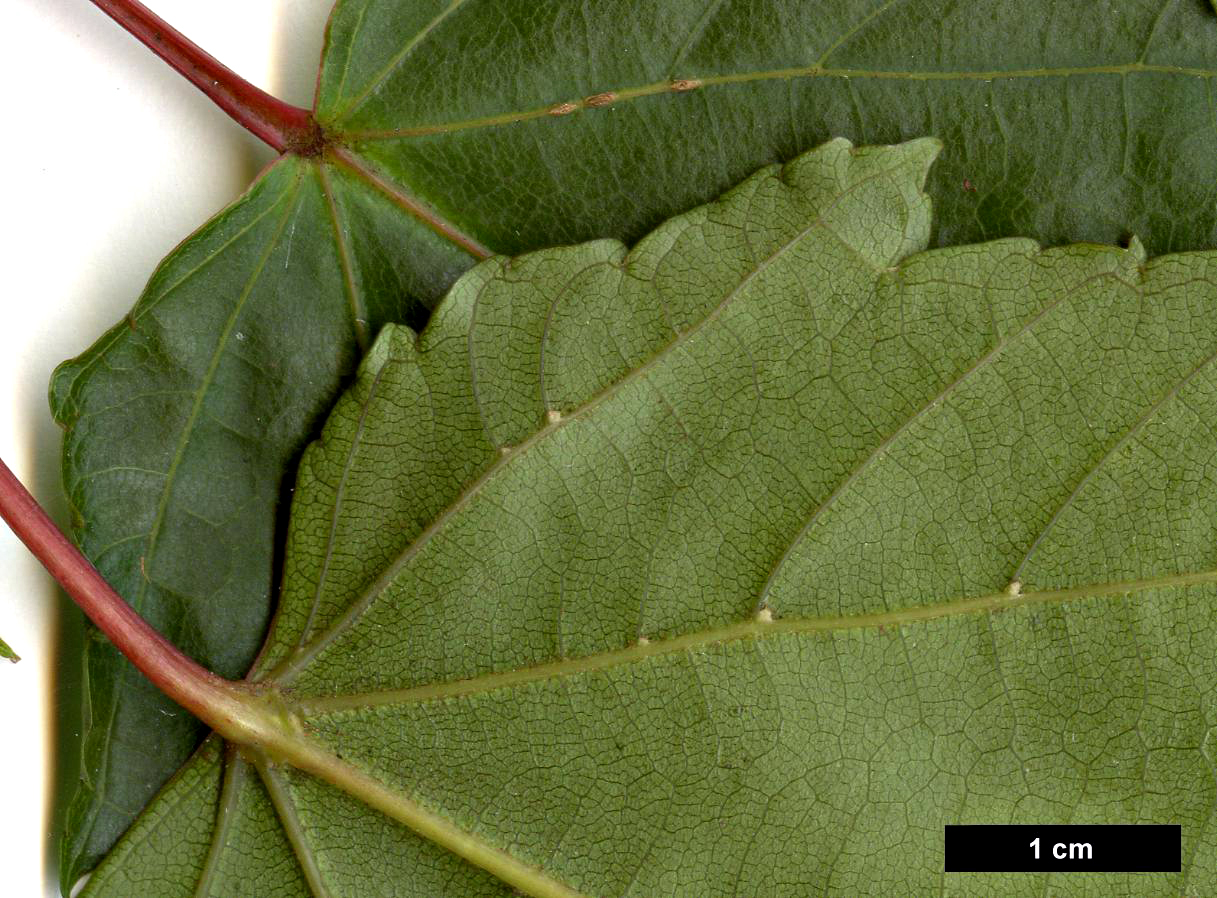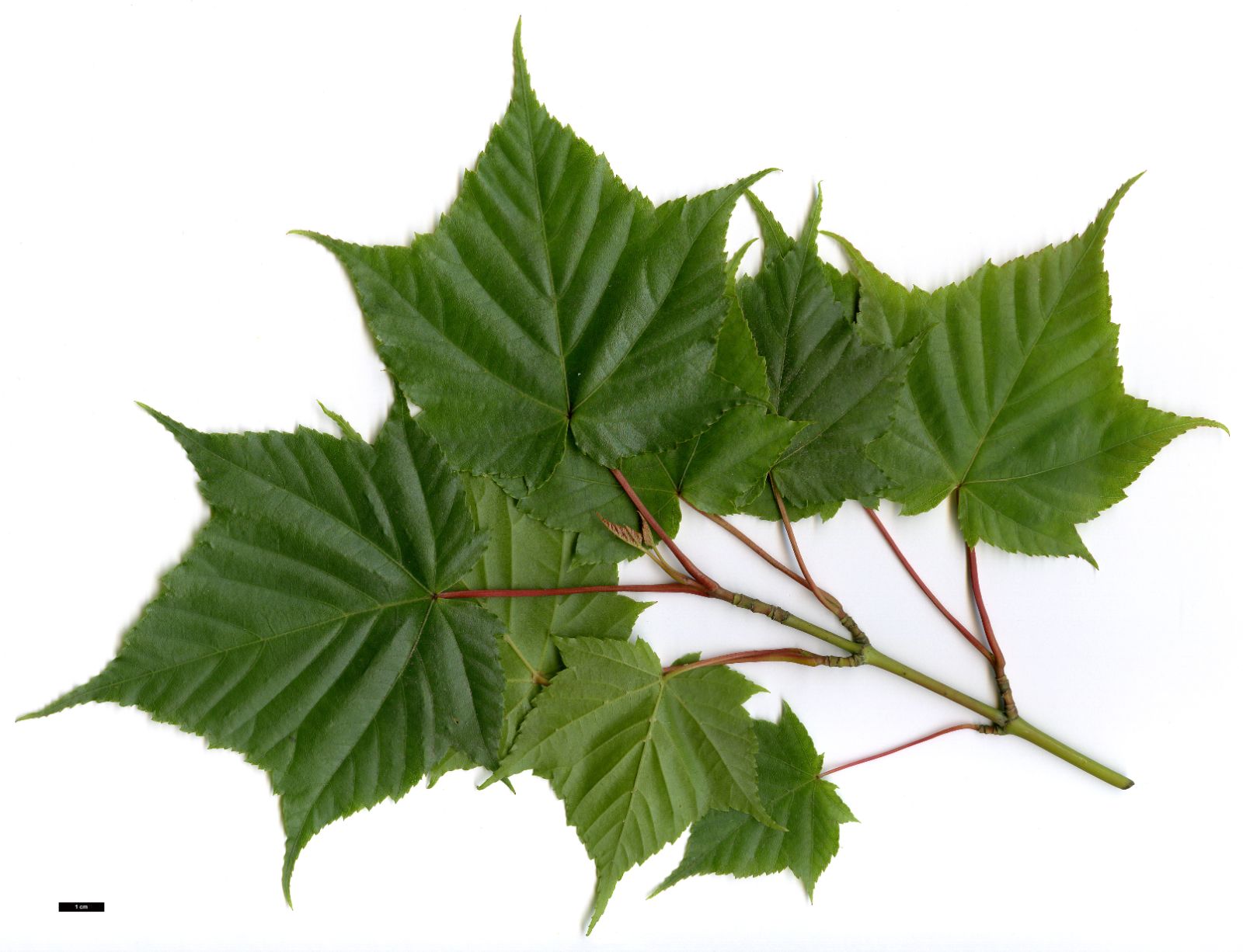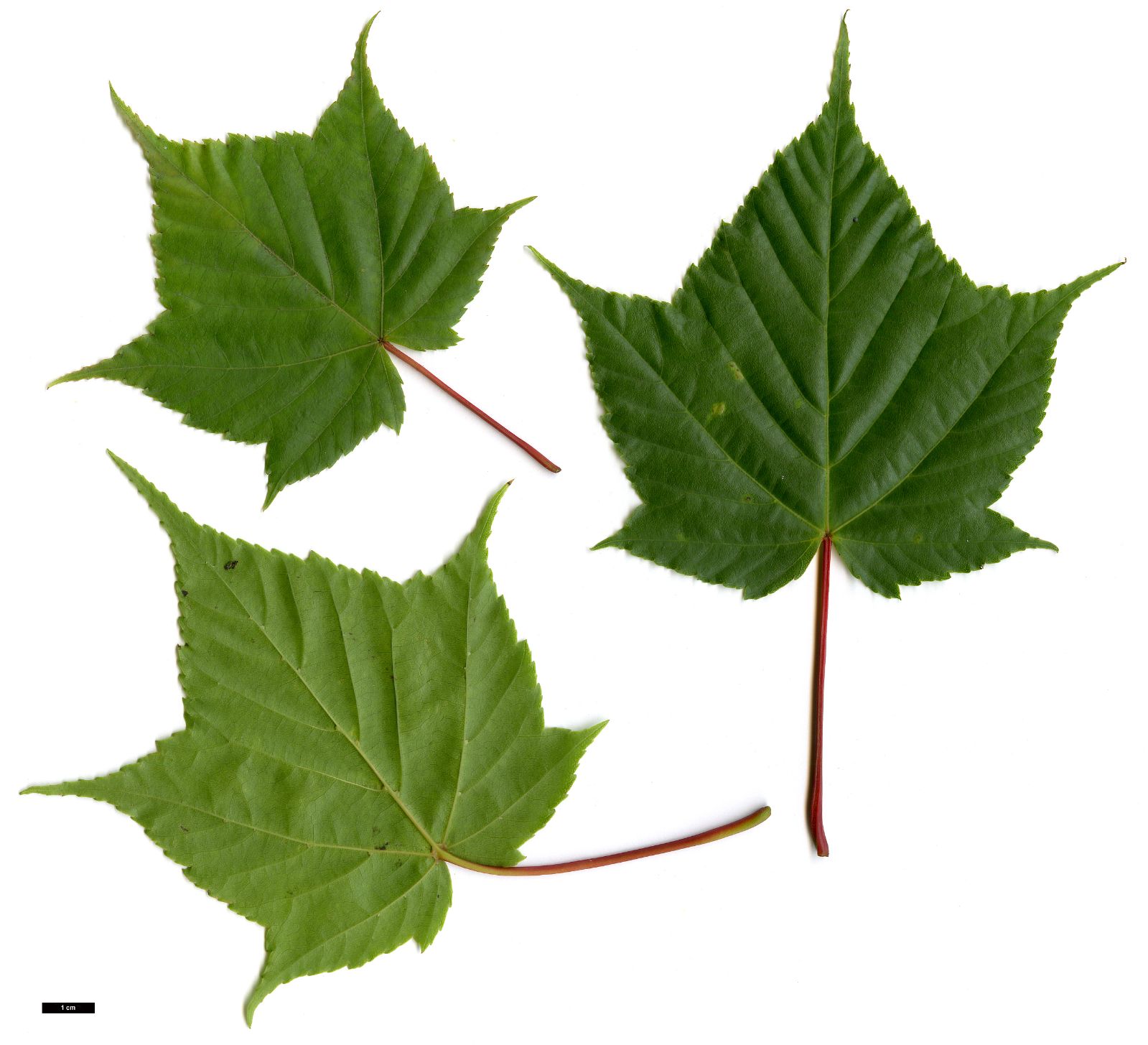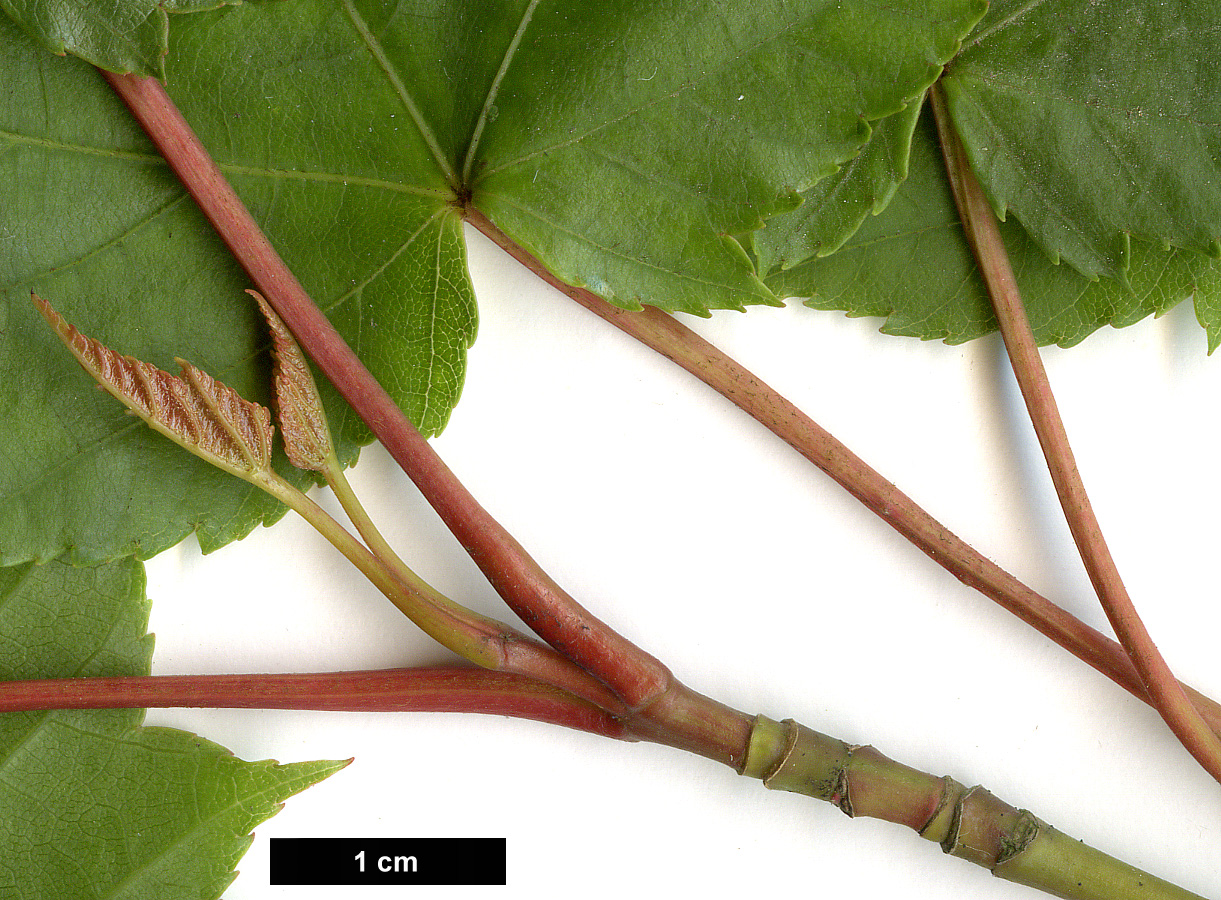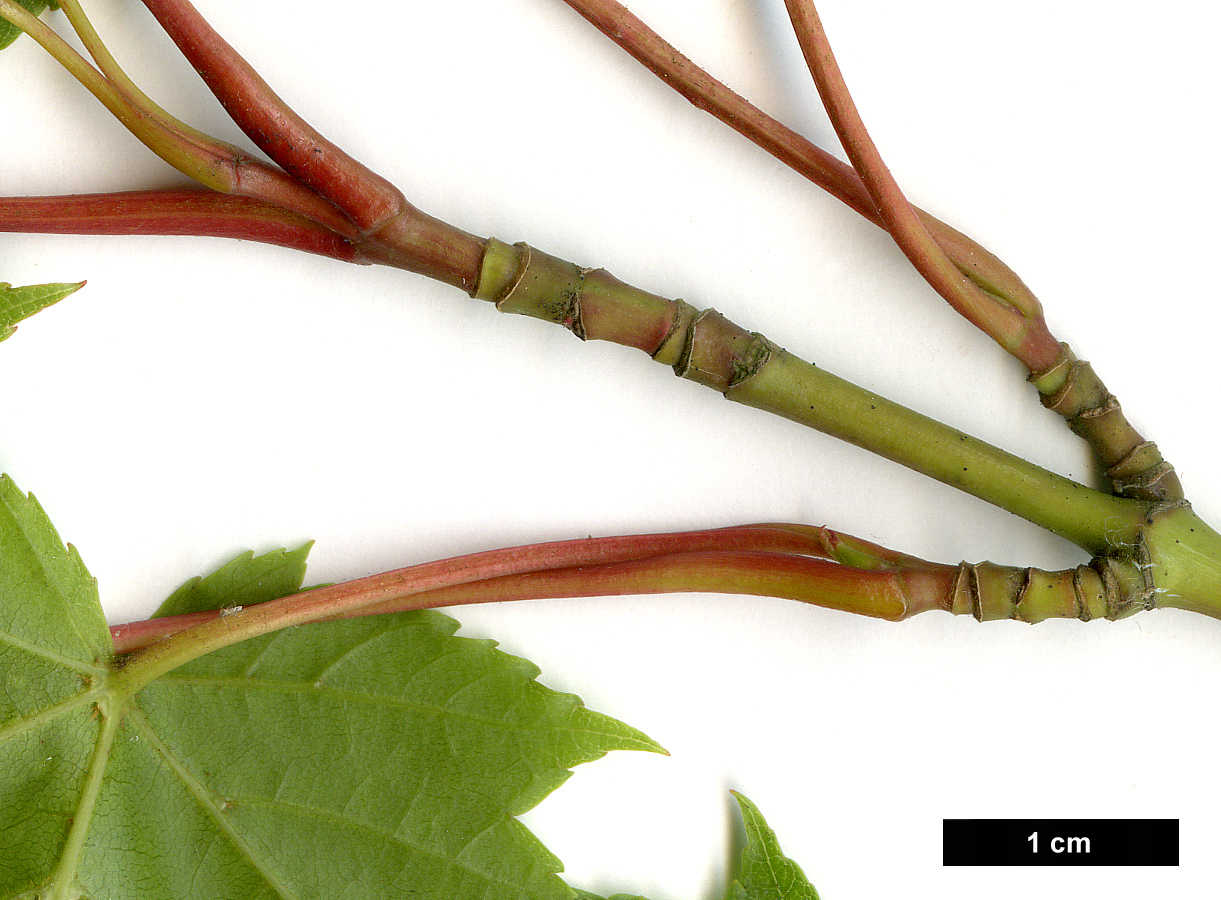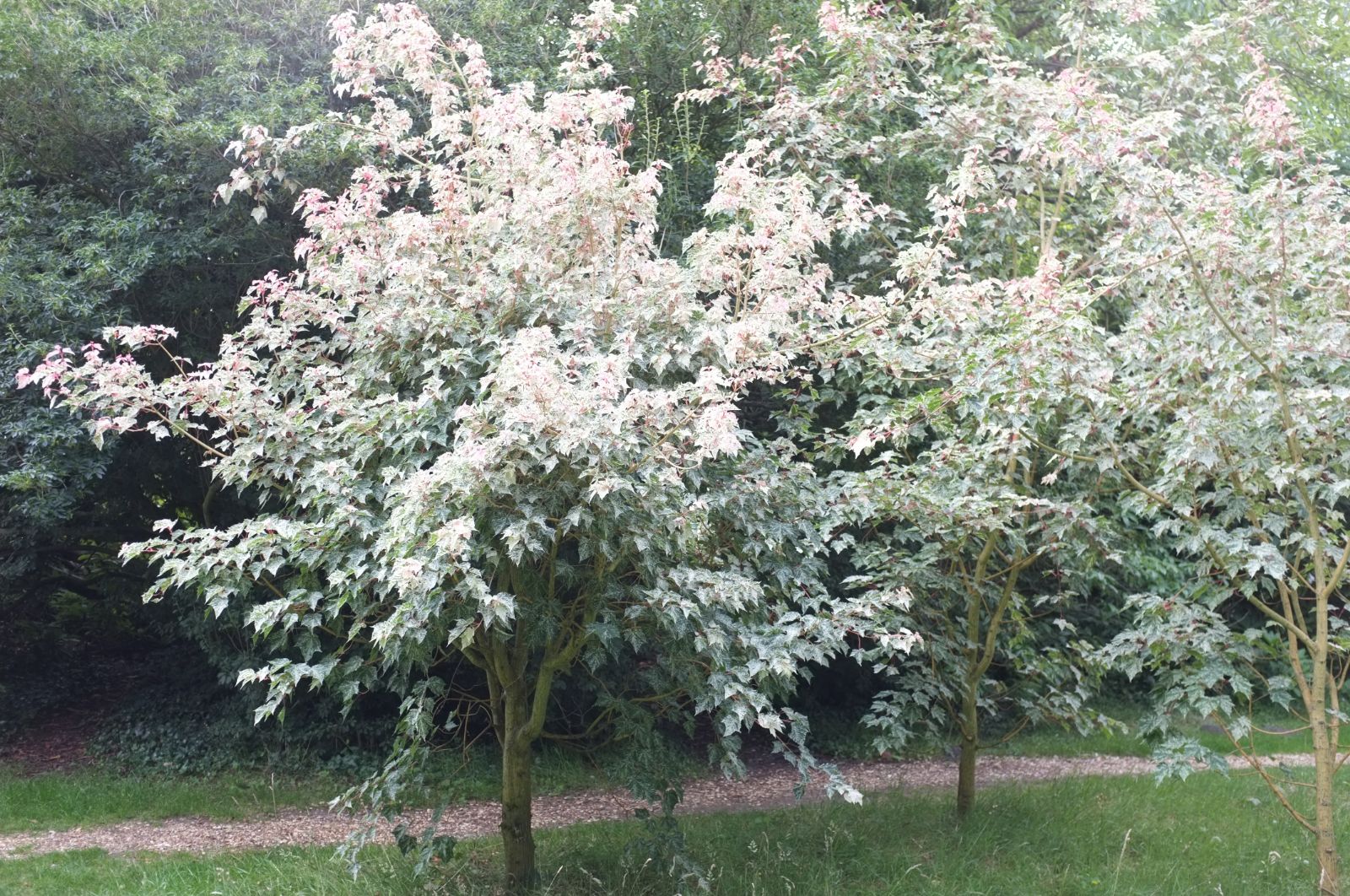Acer rubescens
Sponsor
Kindly sponsored by
Lawrence Banks
Credits
John Grimshaw, Ross Bayton & Dan Crowley (2022)
Recommended citation
Grimshaw, J., Bayton, R. & Crowley, D. (2022), 'Acer rubescens' from the website Trees and Shrubs Online (treesandshrubsonline.
Genus
- Acer
- Sect. Macrantha
Infraspecifics
Other taxa in genus
- Acer acuminatum
- Acer amplum
- Acer argutum
- Acer barbinerve
- Acer buergerianum
- Acer caesium
- Acer calcaratum
- Acer campbellii
- Acer campestre
- Acer 'Candy Stripe'
- Acer capillipes
- Acer cappadocicum
- Acer carpinifolium
- Acer 'Cascade'
- Acer caudatum
- Acer ceriferum
- Acer chapaense
- Acer chienii
- Acer circinatum
- Acer cissifolium
- Acer × conspicuum
- Acer cordatum
- Acer coriaceifolium
- Acer × coriaceum
- Acer crataegifolium
- Acer davidii
- Acer diabolicum
- Acer distylum
- Acer divergens
- Acer duplicatoserratum
- Acer elegantulum
- Acer erianthum
- Acer 'Esk Flamingo'
- Acer fargesii
- Acer fenzelianum
- Acer flabellatum
- Acer forrestii
- Acer franchetii
- Acer × freemanii
- Acer fulvescens
- Acer 'Gimborn'
- Acer ginnala
- Acer glabrum
- Acer 'Gold Coin'
- Acer granatense
- Acer grandidentatum
- Acer griseum
- Acer heldreichii
- Acer henryi
- Acer × hillieri
- Acer hookeri
- Acer hyrcanum
- Acer japonicum
- Acer kawakamii
- Acer komarovii
- Acer laevigatum
- Acer laurinum
- Acer laxiflorum
- Acer lobelii
- Acer longipes
- Acer macrophyllum
- Acer mandshuricum
- Acer maximowiczianum
- Acer maximowiczii
- Acer metcalfii
- Acer miaotaiense
- Acer micranthum
- Acer 'Mindavi'
- Acer 'Minorient'
- Acer miyabei
- Acer miyabei × campestre
- Acer monspessulanum
- Acer morifolium
- Acer 'Mozart'
- Acer oblongum
- Acer obtusifolium
- Acer okamotoanum
- Acer oliverianum
- Acer opalus
- Acer orientale
- Acer palmatum
- Acer papilio
- Acer pauciflorum
- Acer pectinatum
- Acer pensylvanicum
- Acer pentaphyllum
- Acer pentapotamicum
- Acer pictum
- Acer pilosum
- Acer pinnatinervium
- Acer platanoides
- Acer platanoides × amplum
- Acer platanoides × truncatum
- Acer × pseudoheldreichii
- Acer pseudoplatanus
- Acer pseudosieboldianum
- Acer pubinerve
- Acer pycnanthum
- Acer rubrum
- Acer rufinerve
- Acer saccharinum
- Acer saccharum
- Acer sempervirens
- Acer 'Serpentine'
- Acer serrulatum
- Acer shenkanense
- Acer sieboldianum
- Acer sikkimense
- Acer 'Silver Cardinal'
- Acer 'Silver Ghost'
- Acer sinense
- Acer sinopurpurascens
- Acer spicatum
- Acer stachyophyllum
- Acer taronense
- Acer tataricum
- Acer tegmentosum
- Acer tenellum
- Acer tetramerum
- Acer tibetense
- Acer tonkinense
- Acer triflorum
- Acer truncatum
- Acer tschonoskii
- Acer turkestanicum
- Acer tutcheri
- Acer ukurunduense
- Acer velutinum
- Acer wardii
- Acer 'White Tigress'
- Acer wilsonii
- Acer × zoeschense
Tree 10–20 m. Bark smooth, green with irregular white longitudinal stripes. Branchlets somewhat glossy, with whitish stripes. Leaves deciduous, papery, 8–10 × 6–8 cm, palmately five-lobed (rarely seven-lobed), divided to one-fifth of the length, upper surface shiny bronze-green to dark green with caducous rusty hairs on the midrib, lower surface lighter green, dull with persistent rusty hairs, margins coarsely serrate, apex acute to acuminate; petiole 4–8 cm long, red and glabrous; autumn colour bronze to red-orange, finally yellow. Inflorescence terminal and lateral, racemose with 10–30 flowers. Flowers 5-merous, 3–4 cm diameter, dioecious; sepals triangular-ovate, dark green, petals oblong, yellow, stamens eight, inserted outside the nectar disc. Samaras 1.8–2.3 cm long, yellowish brown, wings distinctly veined and spreading almost horizontally. Flowering March to April, fruiting October (Taiwan). (van Gelderen, de Jong & Oterdoom 1994; van Gelderen & van Gelderen 1999; Xu et al. 2008; Gregory, in prep).
Distribution Taiwan
Habitat Montane forest between 1800 and 2200 m asl.
USDA Hardiness Zone 7-8
RHS Hardiness Rating H5
Conservation status Not evaluated (NE)
Taxonomic note Grimshaw & Bayton (2009) noted that Acer rubescens has been confused with A. kawakamii (syn. A. caudatifolium) in horticulture on account of both these taxa sharing the synonym A. morrisonense. However, study of the type specimen of A. morrisonense H.L. Li non Hayata, treated as a synonym of this species by Grimshaw & Bayton (2009), has shown that this material is referrable to another, as yet unidentified taxon (Goetghebeur & Crowley 2021), and the name should no longer be confused with A. rubescens.
On account of the confusion around the name A. morrisonense (see taxonomic note for this species and synonymy for A. kawakamii), Acer rubescens has been somewhat confused with A. kawakamii, and material of A. rubescens has been distributed as A. morrisonense through the nursery trade in England. There should, however, be little risk of mistake: besides the botanical distinctions A. rubescens often has a strong red flush to all its parts (as its name suggests), with dark olive-green leaves, while A. kawakamii is rather green in appearance, with mid-green leaves.
Much of the cultivated stock of A. rubescens has come from a tree at Trewithen, Cornwall, 19 m tall (67 cm dbh) in 2004 (Tree Register 2008), for long the only specimen known in cultivation. This was planted in 1912, from a seed collection (Yashiroda 109) made in Taiwan ((van Gelderen, de Jong & Oterdoom 1994; Johnson 2003). Scions of it are being grown throughout the British Isles, and many have become fine trees. One observed at Hergest Croft is c. 12 m tall (dbh 56 cm), with stiffly ascending branches. The bark is extremely attractive, being a mixture of dark green and brown, with paler lines and large lenticels, the pattern retained to the ground. It can be, however, very susceptible to splitting (W.L. Banks, pers. comm. 2020). The younger growth is deep red, as are the petioles and the expanding leaves. When mature the leaves are glossy dark green, and vary greatly in the degree of lobing. Seedlings are very variable, however, and recent introductions have revealed further variation; a specimen grown from BSWJ 1744 at Hergest Croft is rather gaunt, with wide-spreading limbs, and has green stems with white stripes.
The species is extremely fast-growing (A. Norfield, pers. comm. 2006), but is said to require a sheltered site (van Gelderen & van Gelderen 1999), and in Poland it is damaged by frost (P. Banaszczak, pers. comm. 2007). At Kew it is susceptible to frost until well established (Flanagan & Kirkham 2005), possibly because the leaves tend to emerge rather early – although at Hergest Croft it has not been affected by frost (W.L. Banks, pers. comm. 2006). The leaves also remain on the tree rather late into the autumn, turning a dull red. It is well established from ETOT 158 (1993) at the David C. Lam Asian Garden at the University of British Columbia (Justice 2002), but seems not to be widely cultivated in North America. Several variegated clones are known, having white mottling and marbling of varying extent; with the red stems this can give a rather striking effect.
'Millicent'
RHS Hardiness Rating: H4
A variegated seedling selected by James Harris at Mallet Court Nursery and named after his wife (Harris 2000), foliage of ‘Millicent’ emerges pink in spring, turning dark green with pink and white mottling, before turning yellow and red in autumn (Harris 2000). Its shoots are pink at first, then greenish-pink with pale striations (Harris 2000).

